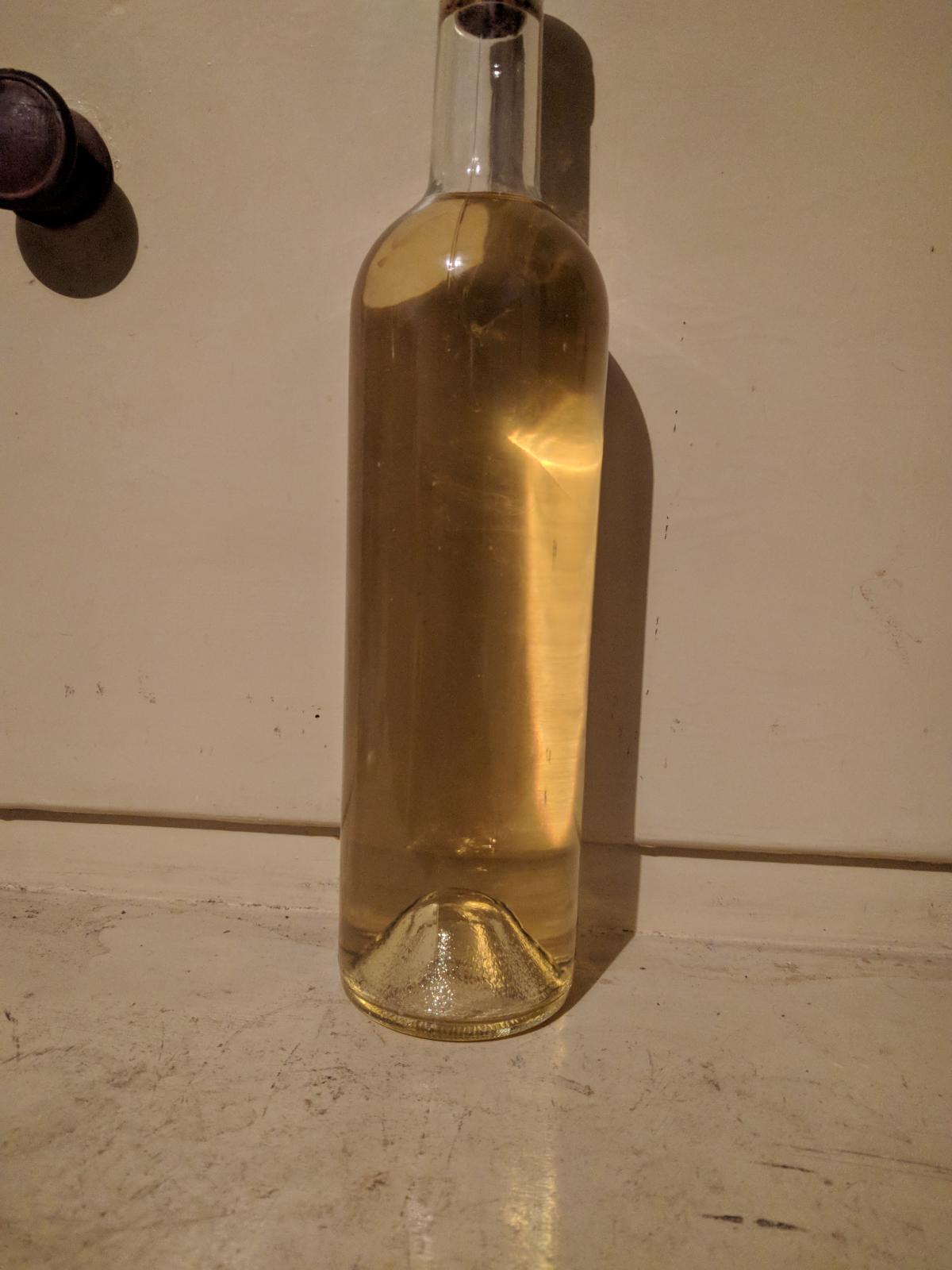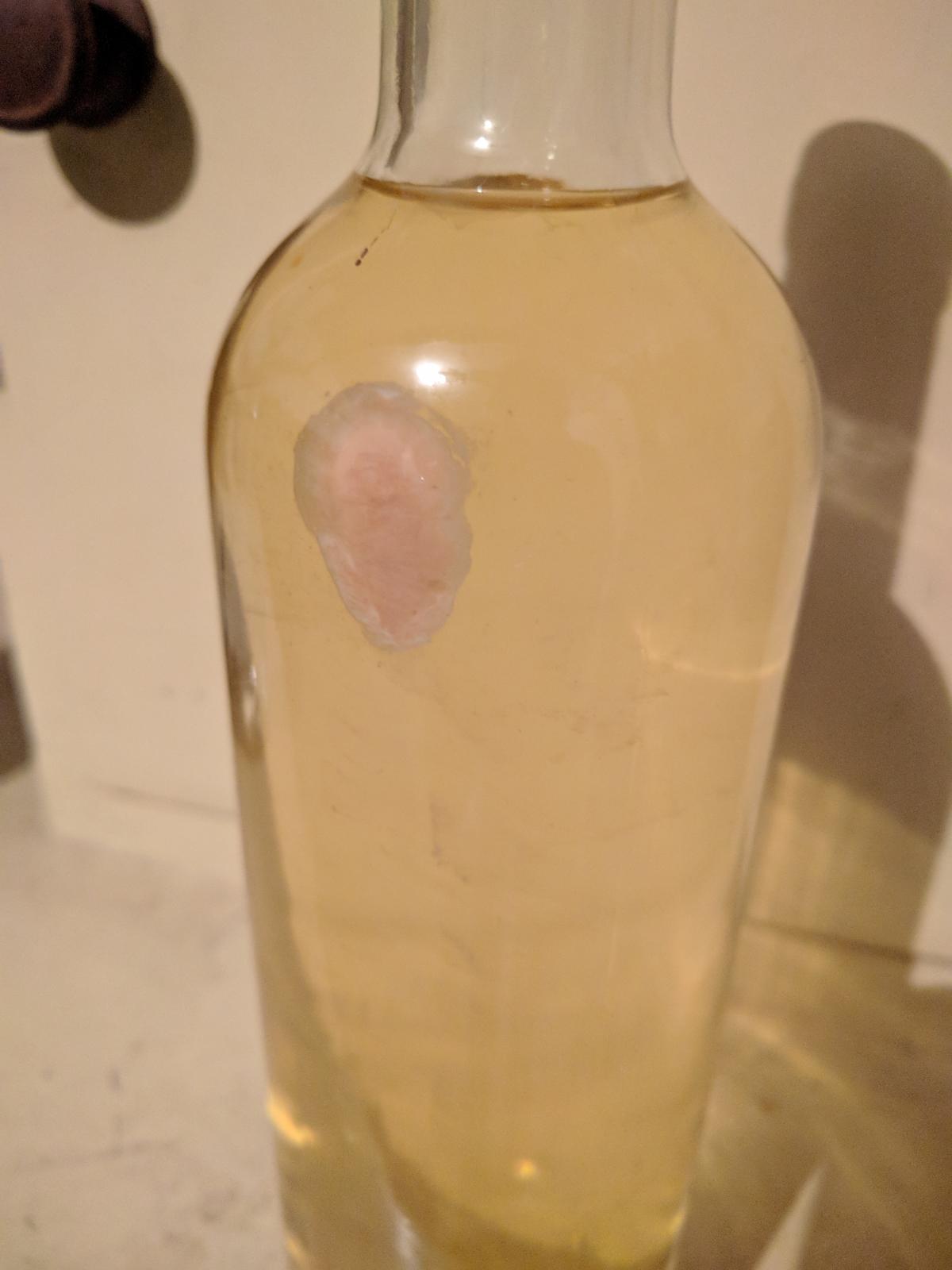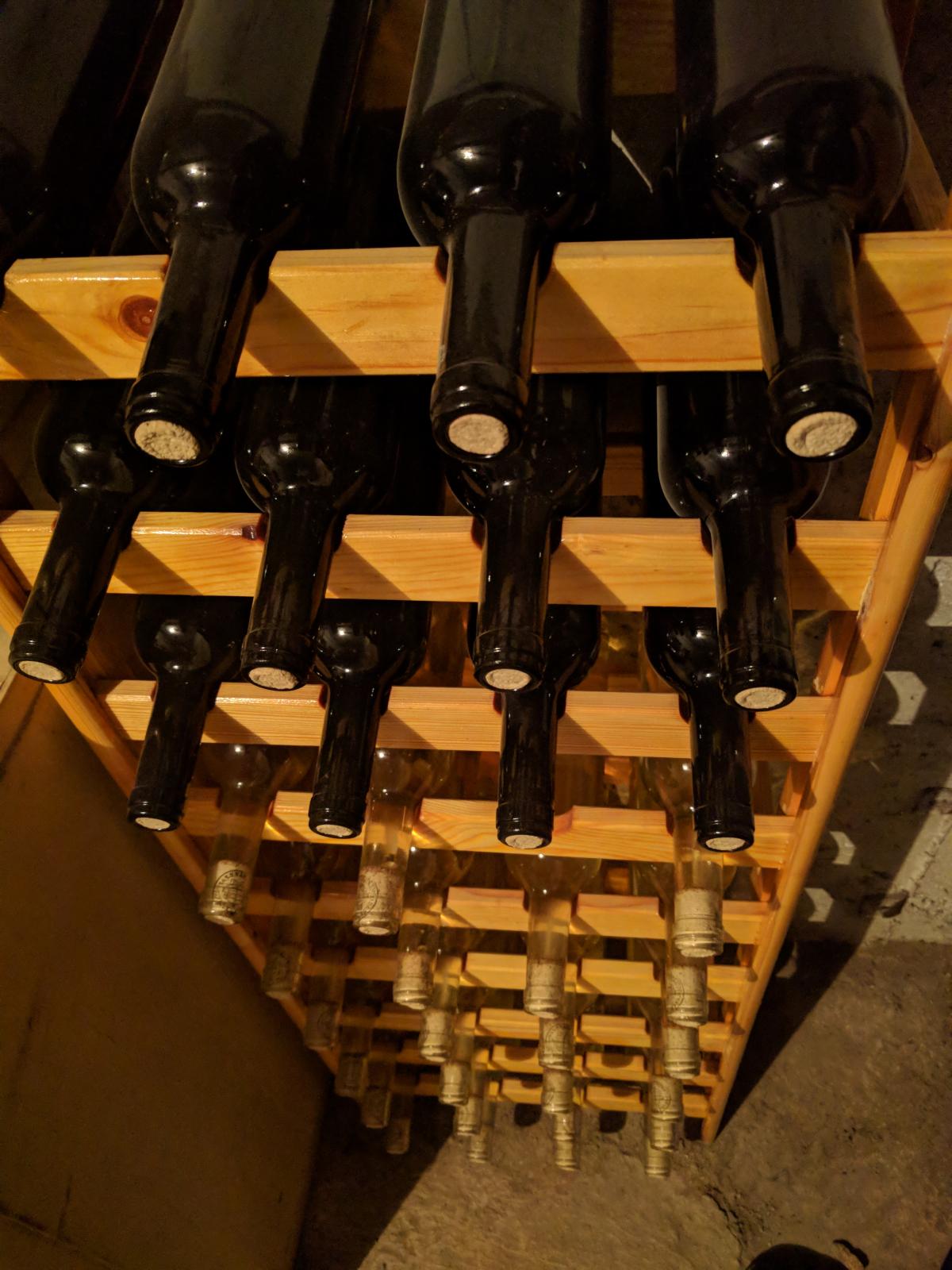GGBlackMamba
Member
- Joined
- May 30, 2017
- Messages
- 6
- Reaction score
- 0
Hi guys,
I have a vary particular problem. May be many of you have faced it before and thus I hope you will share the secrets of how to clear my fruit wine completely. What do I mean by completely? I will explain myself in a bit.
So first things first. I got interested in fruit wine making and I decided to make my first batch of apple cider (not sure for the correct name not a native English speaker - please feel free to correct me!) two years ago. I gotta say it was not the best thing I made. It was cloudy as hell! At that time I was not sure how to clear the wine of the must and for the second batch I got ready and used Bentonite to clear my second batch. This time the wine was clearer! But... of course there is a "butt" I still noticed that after I bottled it up there was still some must left inside the bottle. But it was not visible until 3 weeks after the wine has been bottled up. Here is a picture to show you what I mean see the first image:
As you can see the wine looks clear. And with good color (in my opinion ) but here is what is left on the other side of the bottle: see the second image.
) but here is what is left on the other side of the bottle: see the second image.
I have this really nasty spot of must. If I shake the bottle up the spot clears and its not visible at all but still it annoys me a lot! What am I doing wrong and how can I fix it?
Now for the recipe and the methods I use to make the wine:
NOTE: I am not using a strict recipe I am experimenting
Recipe:
- 60/70 kg of apples
- squash the apples into a mash (not sure I am using the correct term here. Still not a native speaker. But the idea here is that I am not squeezing the juice out of the apples am rather turning them into a mash - like potato mash not sure how to explain it)
- add needed sugar
- pectin for white wines
- 8-9 grams of yeast
- wait for it to finish its fermentation
- remove the must (by squeezing the juice/wine out of the must - I think that this particular step is my problem not sure) and let the wine clear out
- add bentonite to clear up faster
- wait for 2 weeks
- bottle up!
As a taste the wine is really good smells like fresh apples ( not rotten ) and its about 10% Alcohol. Tried it while young - great taste. Waited to for it to age a little by a few months (6 to be precise) even better taste. But the must spots are bugging me out. So guys how can I improve on the wine clearing?


I have a vary particular problem. May be many of you have faced it before and thus I hope you will share the secrets of how to clear my fruit wine completely. What do I mean by completely? I will explain myself in a bit.
So first things first. I got interested in fruit wine making and I decided to make my first batch of apple cider (not sure for the correct name not a native English speaker - please feel free to correct me!) two years ago. I gotta say it was not the best thing I made. It was cloudy as hell! At that time I was not sure how to clear the wine of the must and for the second batch I got ready and used Bentonite to clear my second batch. This time the wine was clearer! But... of course there is a "butt" I still noticed that after I bottled it up there was still some must left inside the bottle. But it was not visible until 3 weeks after the wine has been bottled up. Here is a picture to show you what I mean see the first image:
As you can see the wine looks clear. And with good color (in my opinion
I have this really nasty spot of must. If I shake the bottle up the spot clears and its not visible at all but still it annoys me a lot! What am I doing wrong and how can I fix it?
Now for the recipe and the methods I use to make the wine:
NOTE: I am not using a strict recipe I am experimenting
Recipe:
- 60/70 kg of apples
- squash the apples into a mash (not sure I am using the correct term here. Still not a native speaker. But the idea here is that I am not squeezing the juice out of the apples am rather turning them into a mash - like potato mash not sure how to explain it)
- add needed sugar
- pectin for white wines
- 8-9 grams of yeast
- wait for it to finish its fermentation
- remove the must (by squeezing the juice/wine out of the must - I think that this particular step is my problem not sure) and let the wine clear out
- add bentonite to clear up faster
- wait for 2 weeks
- bottle up!
As a taste the wine is really good smells like fresh apples ( not rotten ) and its about 10% Alcohol. Tried it while young - great taste. Waited to for it to age a little by a few months (6 to be precise) even better taste. But the must spots are bugging me out. So guys how can I improve on the wine clearing?




 and for clearing these things for me! But what I fail to understand is that:
and for clearing these things for me! But what I fail to understand is that:
